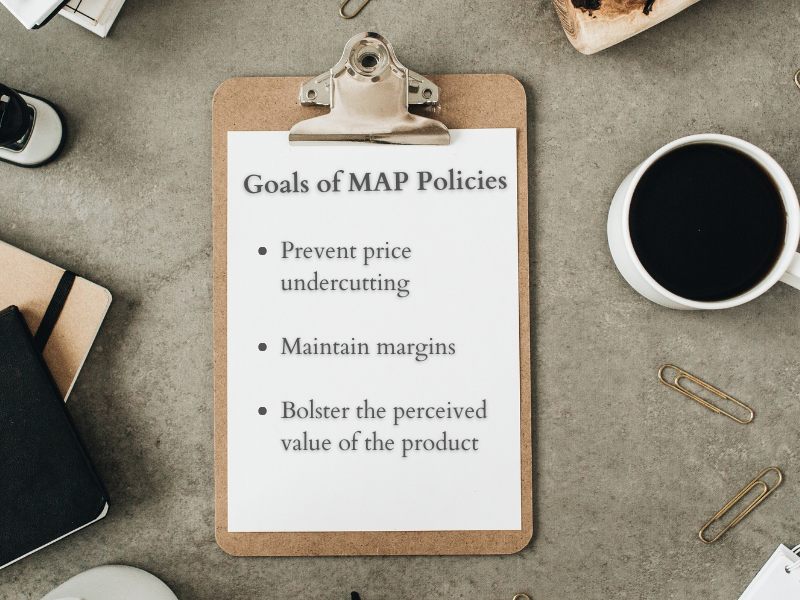If you are looking for ways to beef up compliance in your Minimum Advertised Price program, one idea worth exploring is selling direct-to-consumer.
When a brand opens up its direct-to-consumer (DTC) channel, it gives itself a direct presence alongside their resellers. This makes the brand more visible to not only their customers, but their sales partners as well. A reseller who might have been more eager to violate MAP with a hands-off brand might think twice when they see their brand selling alongside them. However, if the brand expects its retailers to follow MAP, it’s advisable that they do as well.
Selling DTC can also open up communication between brands, resellers and customers, and it can allow brands to collect more and higher quality intelligence on what is happening in the marketplace. Brands that consider a DTC strategy should understand that some retailers might consider them as unfairly competitive and decide to stop listing the products. This can be viewed as positive for the remaining sellers because it reduces the presence of unauthorized, online sellers.

What are Minimum Advertised Price Policies?
Minimum Advertised Price (MAP) policies are agreements between manufacturers and retailers that set the lowest price that the reseller is allowed to advertise the product. The goal of these policies is to prevent price undercutting, maintain margins and bolster the perceived value of the product.

When a brand or manufacturer is selling through intermediaries such as retailers, it can be difficult to monitor and enforce MAP compliance. Retailers may advertise the product at a lower price than the MAP, and it can be challenging for the manufacturer or brand to detect this and take action. Either way, using a product and price monitoring service like MAPP Trap is essential to understanding what’s happening online.
Other Benefits of Selling Direct-to-Consumer
Because they get full margin, brands that sell DTC have the potential to make twice the money they would make by wholesaling their products. But they should weigh the costs of drop-shipping and lower, transaction-based revenue against the more traditional, bulk-oriented sales strategy. Sometimes, the trade-off isn’t worth it.
Furthermore DTC channels can also provide customers with a more personalized shopping experience, which can help to build trust and loyalty. Brands and manufacturers can use data and insights gathered from customer interactions to create targeted marketing campaigns, personalized recommendations, and other tailored experiences. This can lead to higher customer satisfaction and a stronger sense of brand loyalty, which can reduce the incentive for customers to seek out lower prices from other sources.

In addition to these benefits, DTC sales can also help manufacturers and brands to gain a deeper understanding of their customers and the market. By eliminating intermediaries and having a direct relationship with customers, brands and manufacturers can gather more accurate data on customer preferences and buying patterns, which can help them to identify new opportunities and make more informed business decisions.
Conclusion
DTC channels can enable manufacturers and brands to communicate more effectively with their customers, build trust and loyalty, and gain a deeper understanding of the market. As a result, DTC can help brands and manufacturers to maintain the perceived value of their products, and create a more loyal customer base that is less likely to seek out lower prices from other sources.